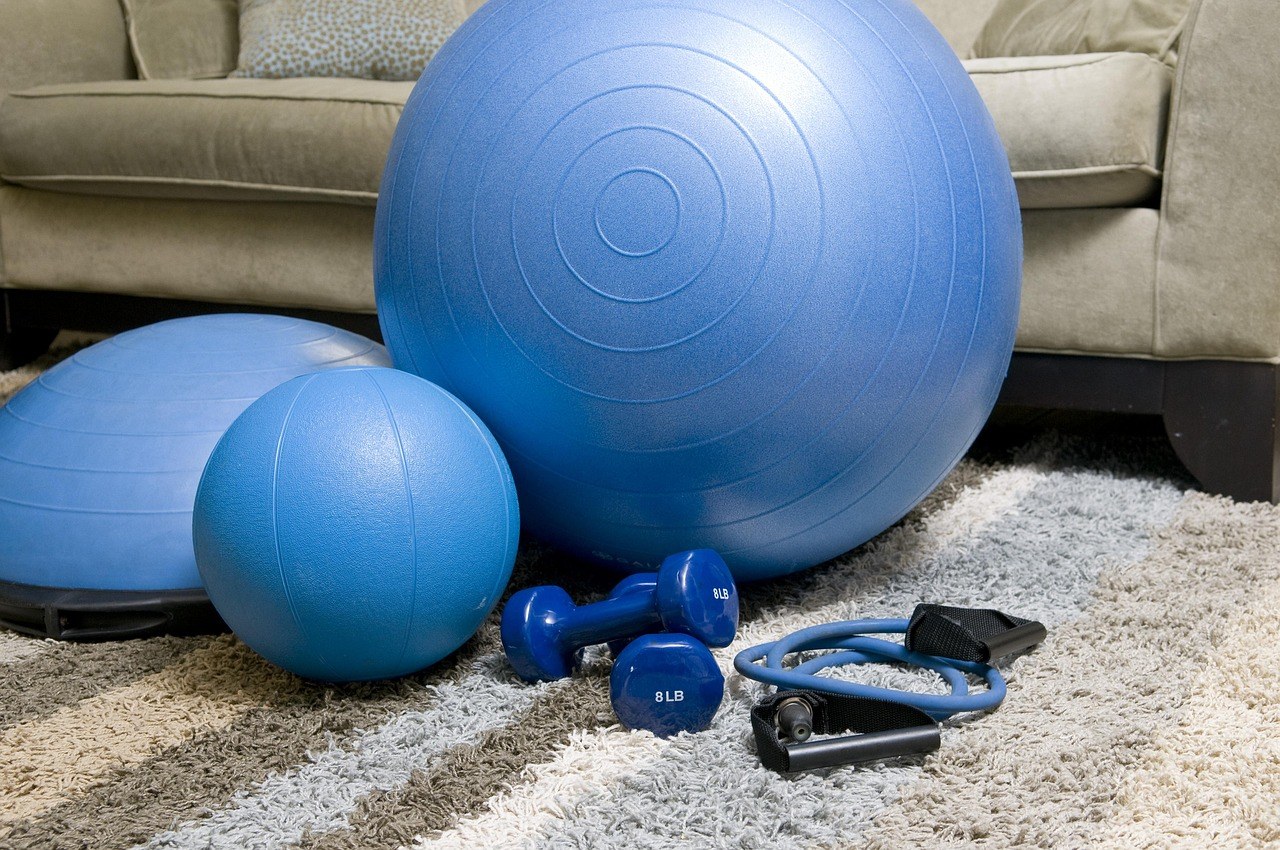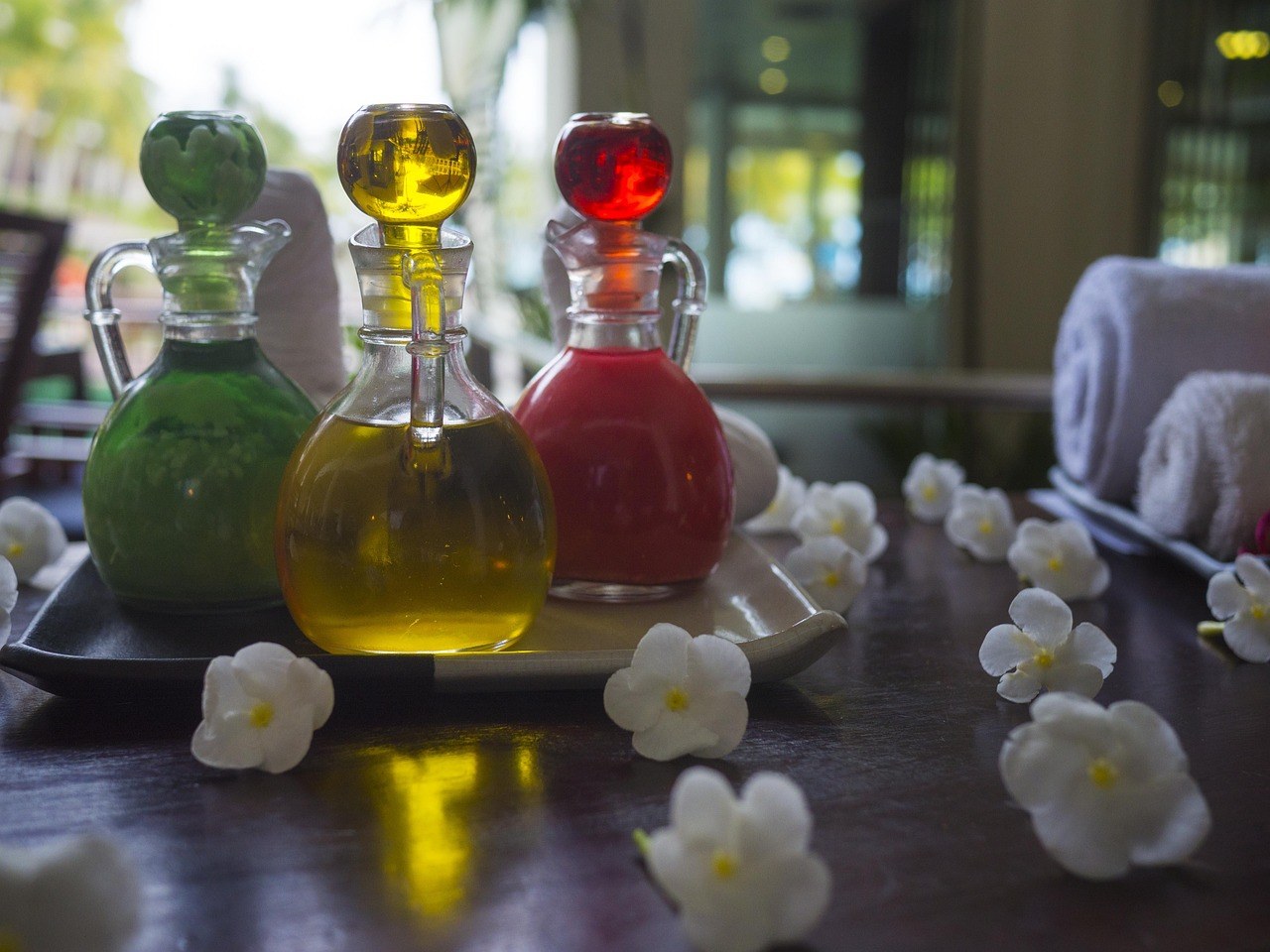Curious whether what you’re seeing is entirely natural or the result of a little cosmetic assistance? Conversations about bodies can be delicate – and they should be. This guide explains the common visual and tactile cues people associate with breast augmentation, along with a plain-English overview of the procedure. The aim isn’t to judge, but to help you understand what you might be observing, and to remind you that confidence – with or without breast implants – matters most.
First things first: what breast augmentation means
Breast augmentation is a cosmetic operation intended to alter fullness, shape, and size. For some, it’s about enhancing volume. For others, it supports reconstruction after medical treatment or surgery. In many cases, breast implants are placed through small incisions to create the desired contour; in other cases, a surgeon may transfer a person’s own fat to the chest to add subtle volume. However it’s performed, the essential idea is the same – adjust the breast’s profile to better match the wearer’s preferences.
How breast implants are used
Breast implants are medical devices designed to sit within the chest area and add shape. Most commonly, they’re constructed with a silicone outer shell. That shell is filled with either saline (sterile saltwater) or a cohesive silicone gel. The choice between these materials is guided by the look and feel someone wants, and by their personal comfort with each option’s characteristics. Regardless of the choice, breast implants are positioned through incisions placed with discretion – often along the fold beneath the breast, near the edge of the areola, or in the underarm – so clothing and swimwear can cover them well.

Why size alone won’t answer your question
It’s tempting to think “big equals surgery,” but that’s not how real bodies work. Natural breasts vary enormously in size and shape, and so do breasts with breast implants. Some natural chests are full and rounded, while some augmented chests are moderate and subtle. Since diversity is the norm, absolute size is a poor detector. Instead, people tend to notice patterns – shape, position, movement, and surface details – when they’re trying to distinguish natural tissue from breast implants.
Common visual and tactile cues people look for
Below is a set of frequently discussed signs. None of them “prove” anything by themselves – and each can have natural explanations. Together, though, they describe the differences observers often point to when comparing natural tissue and breast implants.
-
The contour in profile
Natural breasts often display a gentle slope from the collarbone down to the nipple – gravity gathers the soft tissue toward the lower half of the breast. By contrast, some breast implants can create a rounder arc that maintains a pronounced curve near the top of the breast even when standing still. If the upper pole looks consistently full and the curve appears uniformly circular, observers sometimes interpret that as the look of breast implants. Still, remember that natural chests can present a similar round fullness, especially with certain bras or body types.

-
Where the mound begins on the chest
Another cue is the “starting line” of the breast. Natural tissue usually begins its most visible fullness roughly in line with the armpit, below the upper chest. When the volume appears to start unusually high on the chest wall – as though the top of each breast is closer to the collarbone than expected – people often suspect breast implants. Some surgical results intentionally sit higher at first and then settle, but if the high position is long-term, it can read as an augmented look produced by breast implants.
-
Distance between the breasts
Without support garments, many natural chests have visible space between the breasts. If the breasts appear very close together at rest – pressed into a deep, continuous line of cleavage even without noticeable support – onlookers may assume the presence of breast implants. That close-set look can happen naturally, of course, depending on chest width and rib shape. But persistent, tight midline cleavage in nearly all outfits can suggest shaping influenced by breast implants.
-
Perkiness that resists gravity
Soft tissue responds to time and movement. Heavier breasts, especially, will usually show some downward drift. When fullness sits high and perky day after day – high in a bra and still high without it – people often attribute that resilience to breast implants. Implants add an internal structure that can hold a rounder dome against gravity, so a lifted, youthful shape long after growth and aging might hint at breast implants.

-
What happens while lying flat
When natural tissue meets a flat surface, it tends to settle outward toward the armpits. Lying on the back, you’ll often see the breasts drift laterally and appear lower against the ribcage. If the breasts remain upright, centered, and rounded – more like gently rising domes than soft shapes spreading to the sides – observers sometimes read that as the presence of breast implants. The more the shape resists the flattening effect of gravity, the more it resembles the behavior commonly associated with breast implants.
-
How they move during everyday activity
Soft tissue has a characteristic “lag” and ripple during motion. Natural breasts can bounce, sway, and shift subtly and independently. When movement appears more uniform – rising and falling as a single unit with less side-to-side drift – it can suggest internal support from breast implants. Tight skin, supportive bras, and strong pectoral muscles can also minimize motion, so this observation should be paired with others before assuming breast implants are present.
-
Faint, well-placed scars
Incisions have to go somewhere. Look closely – respectfully and only with consent – and you may notice faint lines along the under-breast fold, at the border where the areola meets surrounding skin, or within the underarm. Such marks can fade well, but subtle lines in these predictable spots can be the quiet signatures left by surgery for breast implants. Sun exposure, skin tone, and healing differences can make them harder or easier to see, but pattern and placement are what observers look for when considering breast implants.
-
Occasional liquid sounds
Few people talk about it, but a gentle slosh or swoosh can occur, particularly with saline-filled devices in particular conditions. It’s not common in everyday situations, and many will never notice it. Still, those who report a faint sound when changing positions sometimes attribute it to the interior of breast implants. Room noise, clothing, and posture all play a role, so this is at best a supporting clue rather than a decisive indicator of breast implants.
-
Proportion relative to the frame
Body proportion tells a story. If someone has a very narrow ribcage, slim waist, and minimal hip width, naturally small or moderate breasts are common. Highly prominent volume on a very petite frame may therefore stand out. That contrast can suggest enlargement with breast implants, especially when other cues appear alongside it. At the same time, genetics can absolutely produce dramatic curves naturally, so proportion alone never proves the presence of breast implants.
-
How they feel to the touch
Natural breast tissue is composed mainly of fat and glandular tissue, which often feels yielding and compressible. Some augmented chests feel firmer, with a roundness that resists deformation. This is one reason people associate a particular tactile quality with breast implants. However, firmness varies a great deal – skin thickness, placement of the device, and how the body heals can all influence sensation – so even this hands-on observation (again, only with consent) is part of a broader pattern when considering breast implants.
Understanding the procedure without medical jargon
It helps to know the basics, because the way surgery is performed often explains the look. When a surgeon places breast implants beneath the chest’s soft tissue, they choose routes that balance access with concealment. A fold incision can be hidden in the natural crease. A border incision may blend into the texture shift at the areola’s edge. An underarm incision moves the mark away from the breast itself. Placement can be above or partially beneath the chest muscle – choices that influence how much of the implant’s roundness is visible and how the augmented breast moves. These decisions explain why two people with breast implants can look very different in clothing and in motion.
Why people choose augmentation
Motivation varies. Some want to restore symmetry after changes in weight or life events. Others prefer a rounder silhouette to better fit their wardrobe. People recovering from medical procedures may choose breast implants as part of healing – a step toward feeling like themselves again. Whatever the reason, the through-line is a personal choice about comfort, presentation, and confidence. Understanding that context can make any observations about breast implants feel less like scrutiny and more like curiosity informed by empathy.
Putting the clues together
No single detail offers certainty. A very round top curve might be natural on one person and the hallmark of breast implants on another. High, perky fullness could be the result of gym-honed chest muscles, supportive undergarments, or simply genetics. Faint lines on the skin can come from many sources, and a close-set cleavage can be created with tape or a clever bra. The more cues that appear together – consistent roundness from all angles, a higher starting point on the chest, minimal lateral drift when lying down, and scars placed where surgeons commonly work – the more people tend to infer the presence of breast implants.
Etiquette matters as much as observation
Even if you’re fairly confident you’re looking at a surgical result, the most respectful move is discretion. Bodies are personal. If someone wants to talk about their experience with breast implants, they’ll bring it up. Some enjoy sharing the journey; others prefer privacy. Treat any suspicion as non-actionable – something you don’t need to announce. Appreciation can exist without interrogation, and compliments can focus on style, presence, or confidence rather than anatomy or whether breast implants are involved.
If you’re sure – and what that really means
Let’s say you’ve pieced together multiple cues: a firm, rounded profile that stays high, minimal outward settling when lying flat, and faint, well-placed lines that look like healed incisions. You might feel certain you’re seeing the work of breast implants. What then? In practical terms, nothing has to change. The person you’re with made a choice that felt right for them. Just as hair color, grooming, or wardrobe choices are personal expressions, so is the decision to wear breast implants. If they choose to share details, listen. If not, let the subject be.
Context that keeps things respectful
When talking about appearance, it helps to widen the lens. Attraction includes conversation style, humor, kindness, and chemistry. Whether someone has breast implants doesn’t alter those essentials. If you have questions, consider whether they’re necessary or whether you’re just curious. Curiosity is human – but consent and timing matter. The healthiest approach is to treat any thought about breast implants as background information you don’t need to voice unless invited to do so.
Bringing it all together without guesswork games
To recap the main ideas without turning bodies into puzzles: size alone won’t tell you much; shape and position offer stronger hints; behavior under gravity – standing, moving, and lying down – supplies additional context; surface details may quietly suggest surgery; proportion can guide interpretation; feel can add information when touch is welcome. Even then, none of these transform into certainty without direct confirmation. That’s why the most considerate stance is to let the possibility of breast implants be just that – a possibility – and focus on the person in front of you.
A note on language
Words like “real” and “fake” carry a lot of baggage. They can erase the fact that augmented or not, they’re someone’s body – and their body is real. If you’re going to talk about breast implants, choose language that recognizes autonomy and avoids labels that reduce a person to a single physical trait. Swapping judgment for understanding makes every conversation – and every relationship – more comfortable.
Practical examples that illustrate the cues
Imagine three everyday scenes. At the gym, a sports bra compresses the chest – natural tissue may still ripple slightly and drift outward with motion, while a chest with breast implants might move more as a unit, especially if the devices sit higher on the chest wall. On a sunny afternoon, someone lies back on a blanket; natural tissue spreads softly toward each side, but a pair shaped by breast implants may remain domed and centered. Dressing up for an evening out, the same person switches to a deep-V top; dramatic cleavage might be the result of tape, contouring, and undergarments, but if that close-set line appears in casual tees and without support, observers sometimes attribute the look to breast implants. None of these snapshots prove anything – they simply show how multiple small cues can add up to a consistent impression associated with breast implants.
Respectful curiosity over certainty
You can notice patterns without needing to reach a verdict. Appreciating someone’s confidence – and the choices that helped them feel that way – is the surest way to keep perspective. Whether natural or shaped by breast implants, the result someone wears is part of their story. If that story is shared with you, receive it with care. If it isn’t, let your attention rest on what you can know for certain: how the person treats you, how you feel in their company, and the connection you’re building, free of assumptions about breast implants.